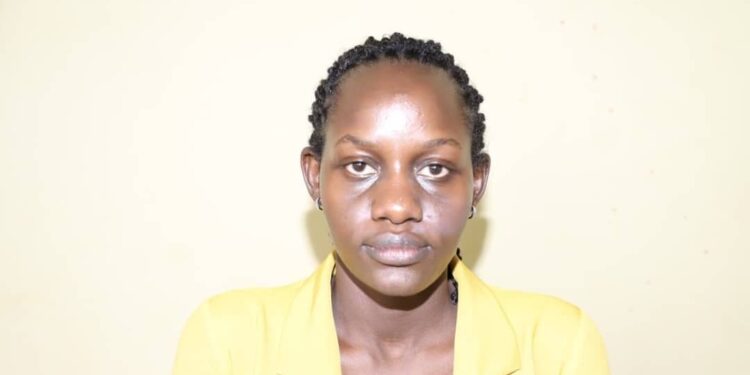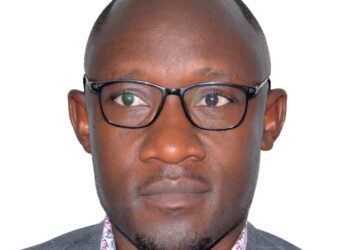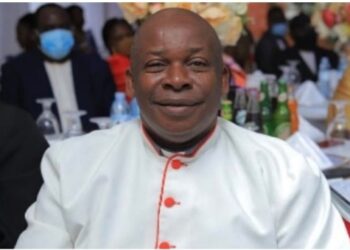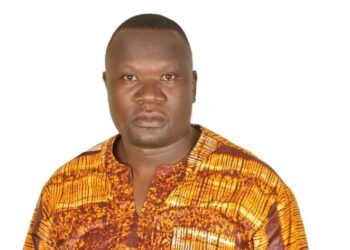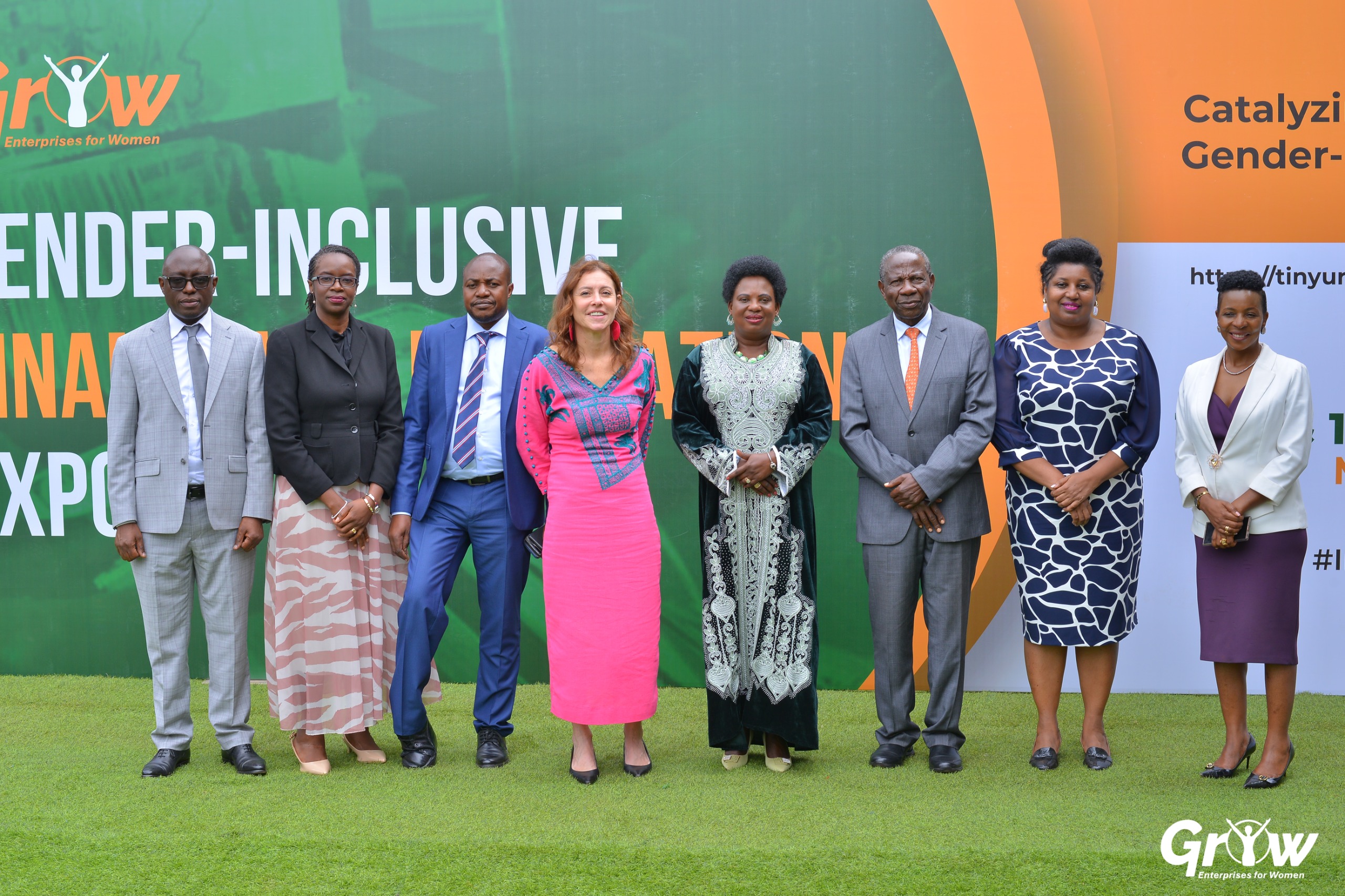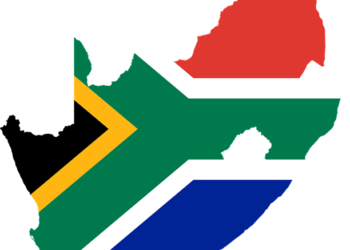On August 12, 2025, the world celebrated International Youth Day, honouring the energy, creativity, and leadership of young people. More than just a call for celebrations, this moment in Uganda is a clear call for action as we get ready for our national celebrations in Masindi District on 19th September 2025. In addition to being the country’s future, Uganda’s youth are the impetus behind one of its most ambitious objectives: ending AIDS as a public health threat by 2030. The government has played a pivotal role in empowering the country’s youth and leading the fight against HIV/AIDS.
The government of Uganda has been instrumental in empowering Uganda’s youth and spearheading the fight against HIV/AIDS. Through initiatives like the Emyooga, Parish Development Model, Youth Livelihood Programme and the Skilling Uganda that provide entrepreneurial and economic support, enable young people to become self-reliant and active contributors to society.
These efforts empower youth to take charge of their futures, creating a foundation for healthier, wealthier, and more resilient communities. In the fight against AIDS, the President’s commitment is evident in the Presidential Fast-Track Initiative to End AIDS, which prioritizes youth-centered strategies, alongside investments in healthcare infrastructure and access to life-saving antiretroviral therapy.
The progress we have made as a country is impressive. Over the past decade, Uganda has managed to cut new HIV infections by more than 60%, with over 1.3 million people now receiving antiretroviral treatment.
Yet, the situation remains challenging: Uganda still ranks among the countries with highest HIV burden in the world, and a significant number of new infections are happening among our youth. In 2024, 40% of new HIV infections were reported in young people aged 15-24, with adolescent girls and young women facing even greater risks due to various social, economic and cultural obstacle. A youth and a member of the Uganda AIDS Commission, I understand that HIV is not just a health issue; it is a fight for education, economic opportunities, gender equality and the elimination of stigma-all which are central to the NRM’s political ideology.
The National HIV and AIDS Strategic Plan places young people at its core, but strategies must translate into action in our homes, schools, workplaces, and digital spaces. Young people should not be seen as mere beneficiaries of HIV programs; but as innovators, mobilizers, and advocates. From music festivals to football pitches, social media platforms to village gatherings, we can amplify prevention messages and drive meaningful change.
This International Youth Day reminds us that our health and our future are inseparable. An AIDS-free Uganda won’t happen by chance it demands bold, collective action. With the government’s support, we must scale up access to prevention tools like PrEP and condoms, ensure youth-friendly HIV testing and counselling services, and provide unwavering support for young mothers living with HIV. Above all, we must dismantle the stigma that keeps too many from seeking help or speaking out.
As we gear up for the national youth celebrations in Masindi, let’s carry a clear and urgent message: ending AIDS by 2030 is within our reach, but only if we all step up. While the government continues to fund and prioritize youth-led initiatives, it should include young voices in policy-making.
Communities must foster safe spaces for open, honest conversations about HIV. And we, the youth, must lead with courage not just for ourselves, but for the generations to come.
The fight to end AIDS is a fight for our future. With the NRM government’s support and the unstoppable spirit of Uganda’s youth, we are not just ready to lead we’re already blazing the trail.
Namara Judith Ninsiima
The writer is a Member of the Uganda AIDS Commission.
Do you have a story in your community or an opinion to share with us: Email us at editorial@watchdoguganda.com

